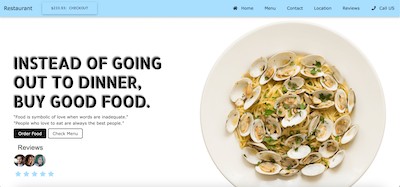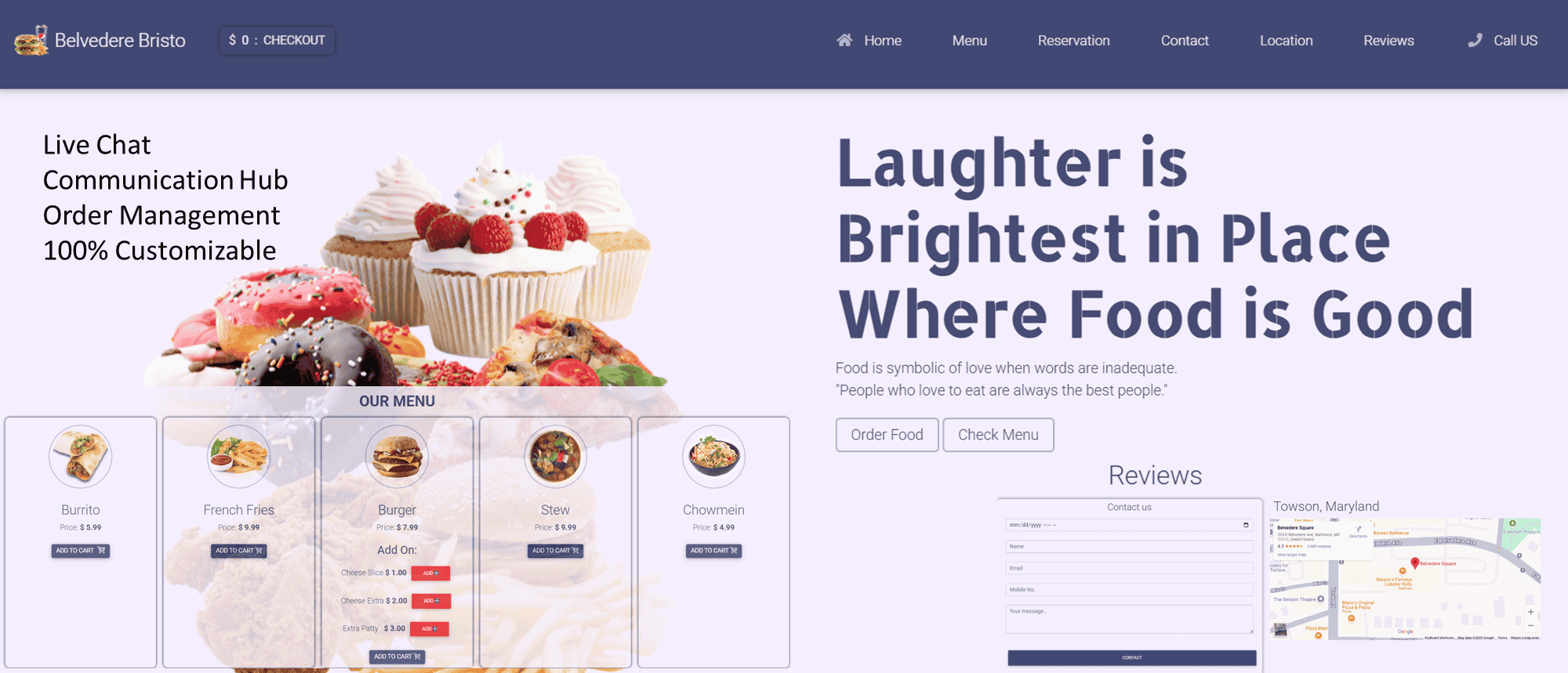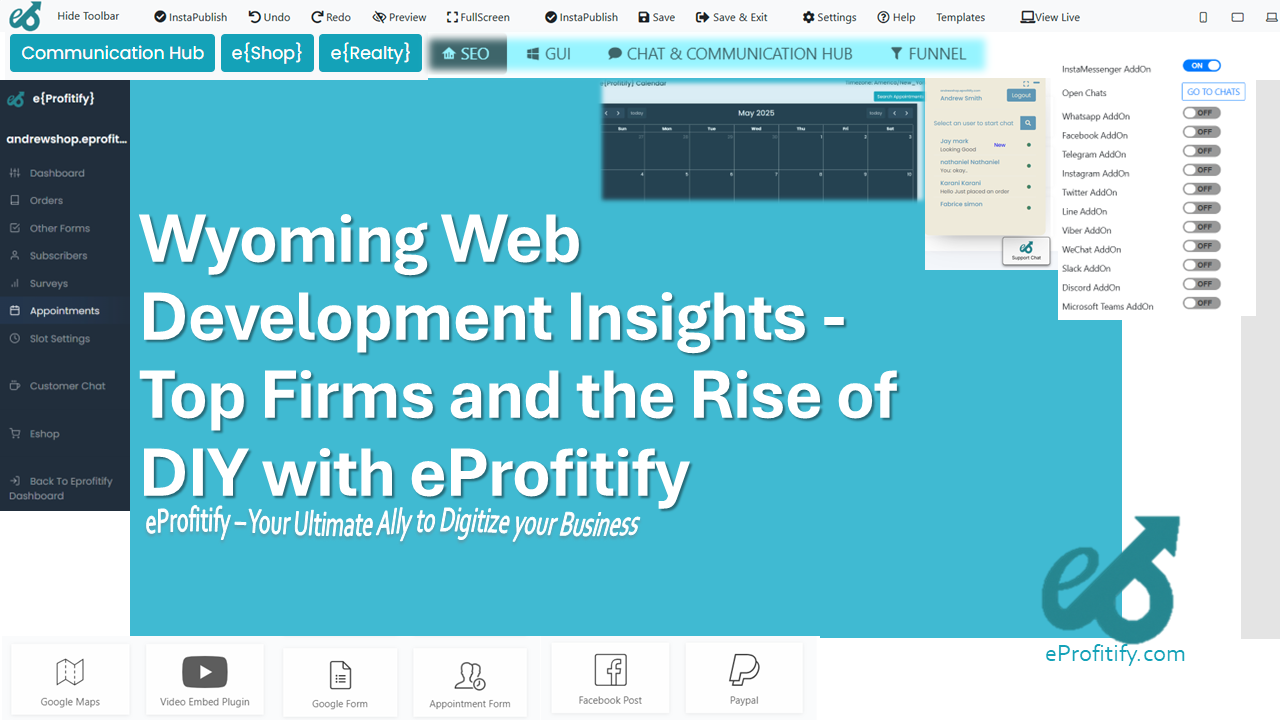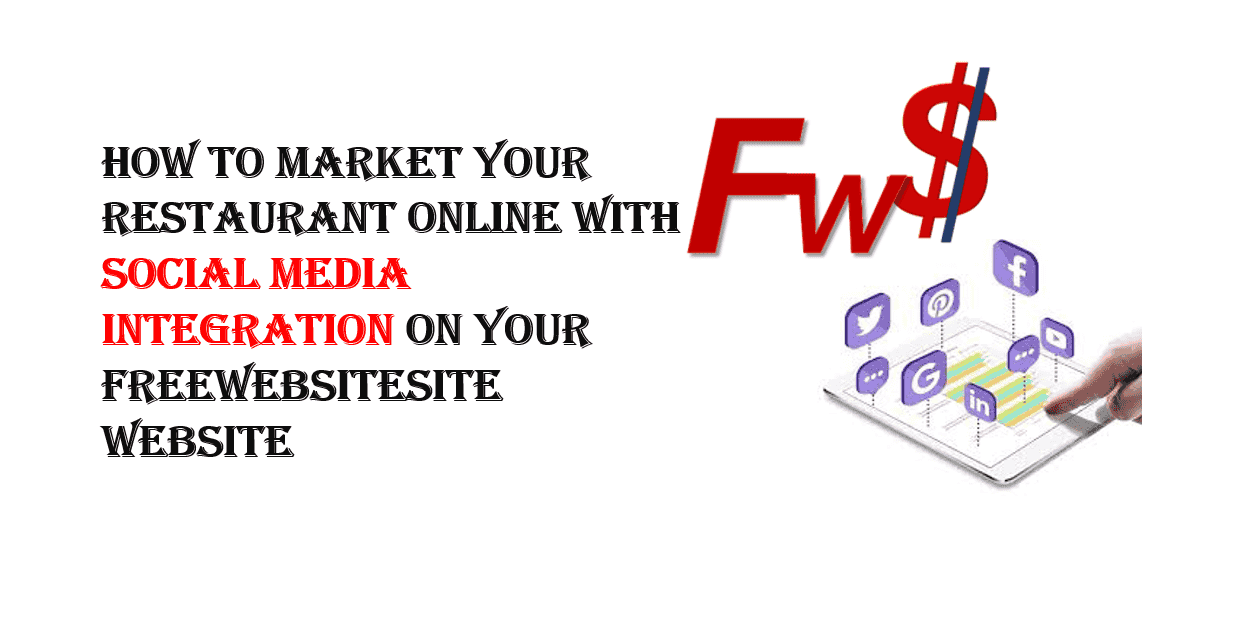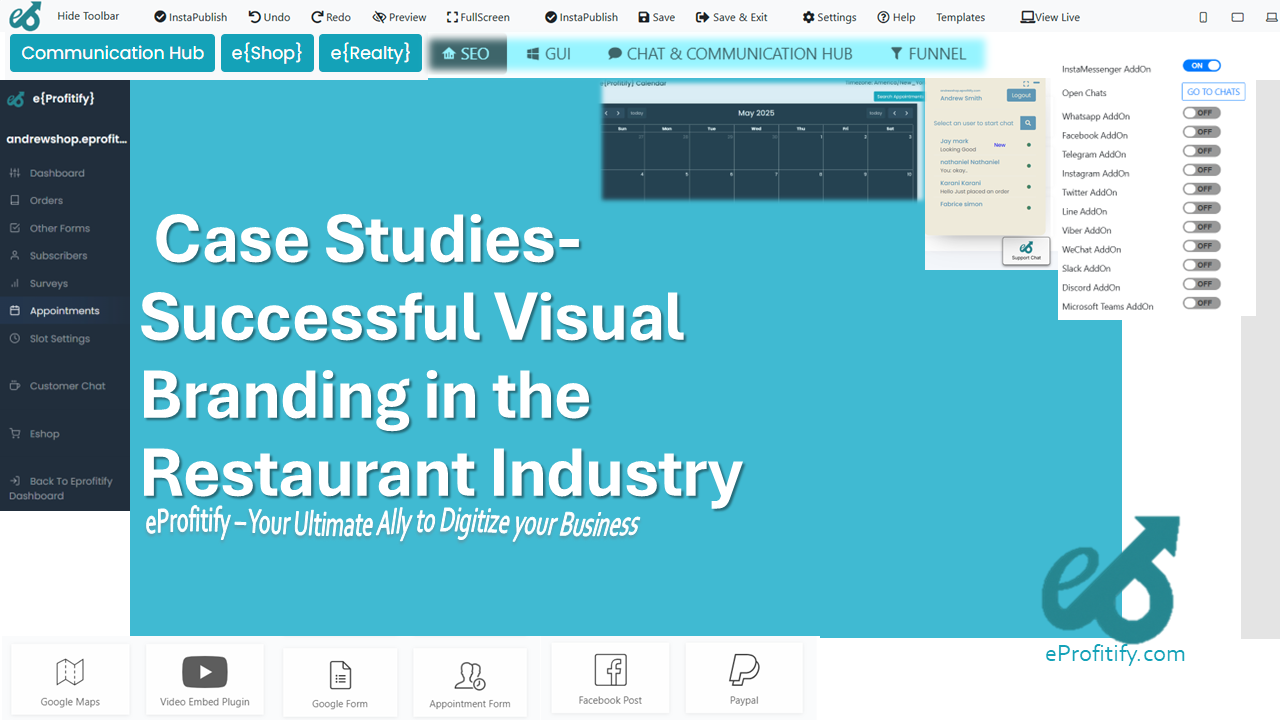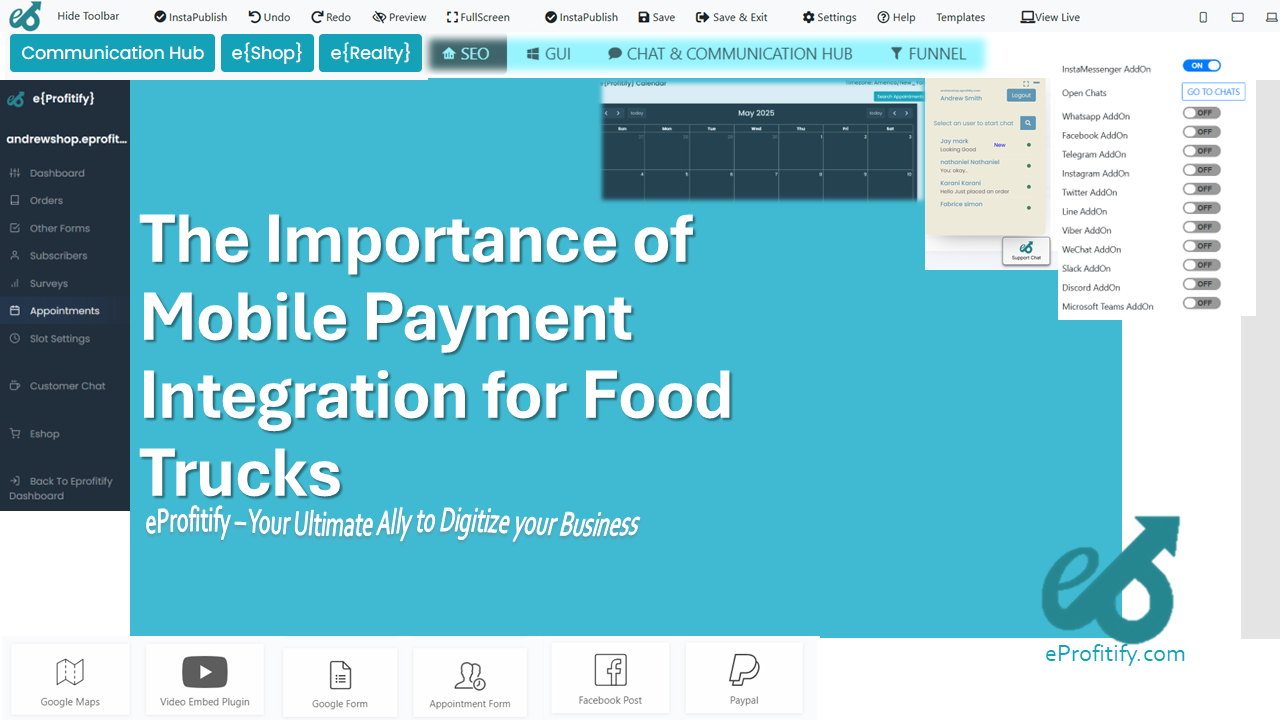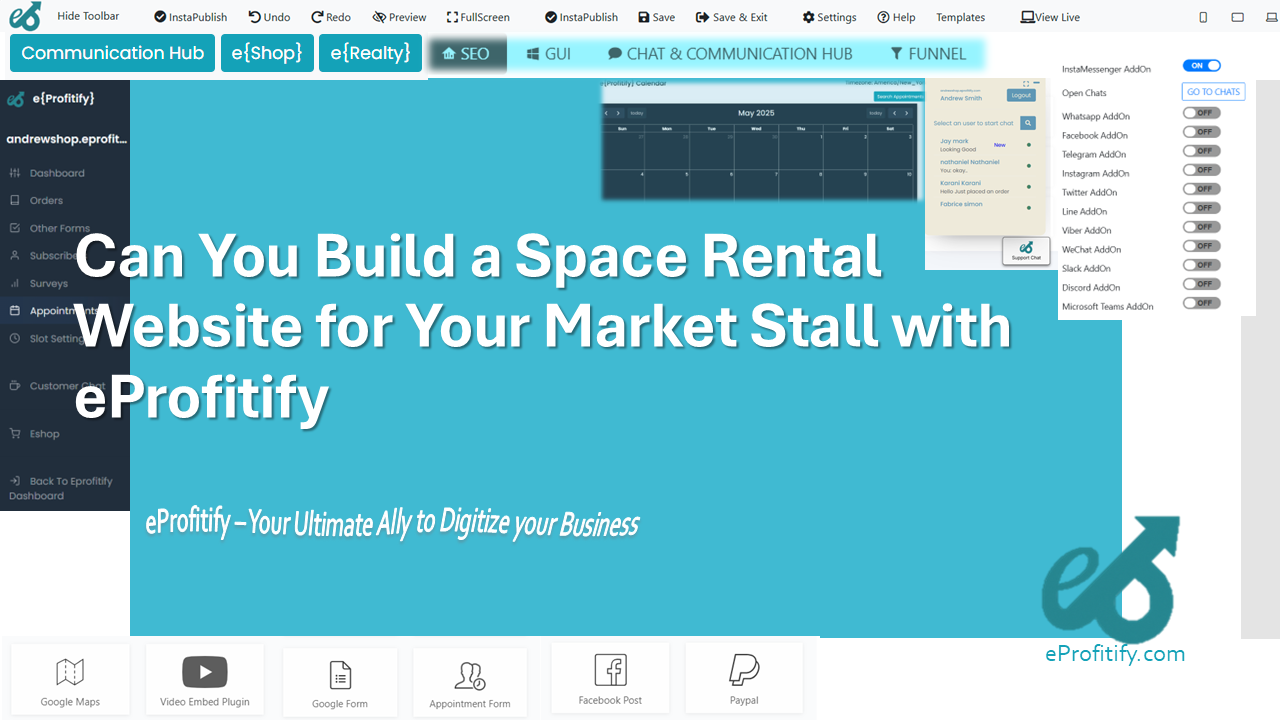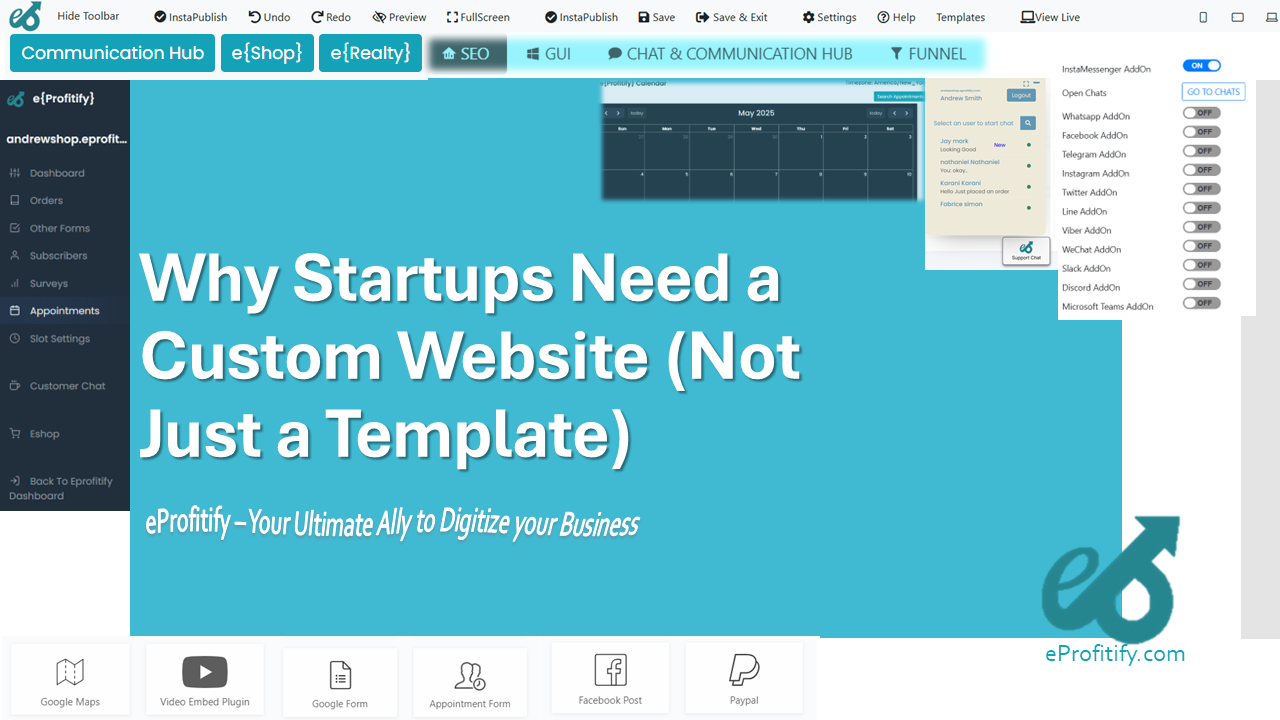Using Email Marketing to Support SEO Goals
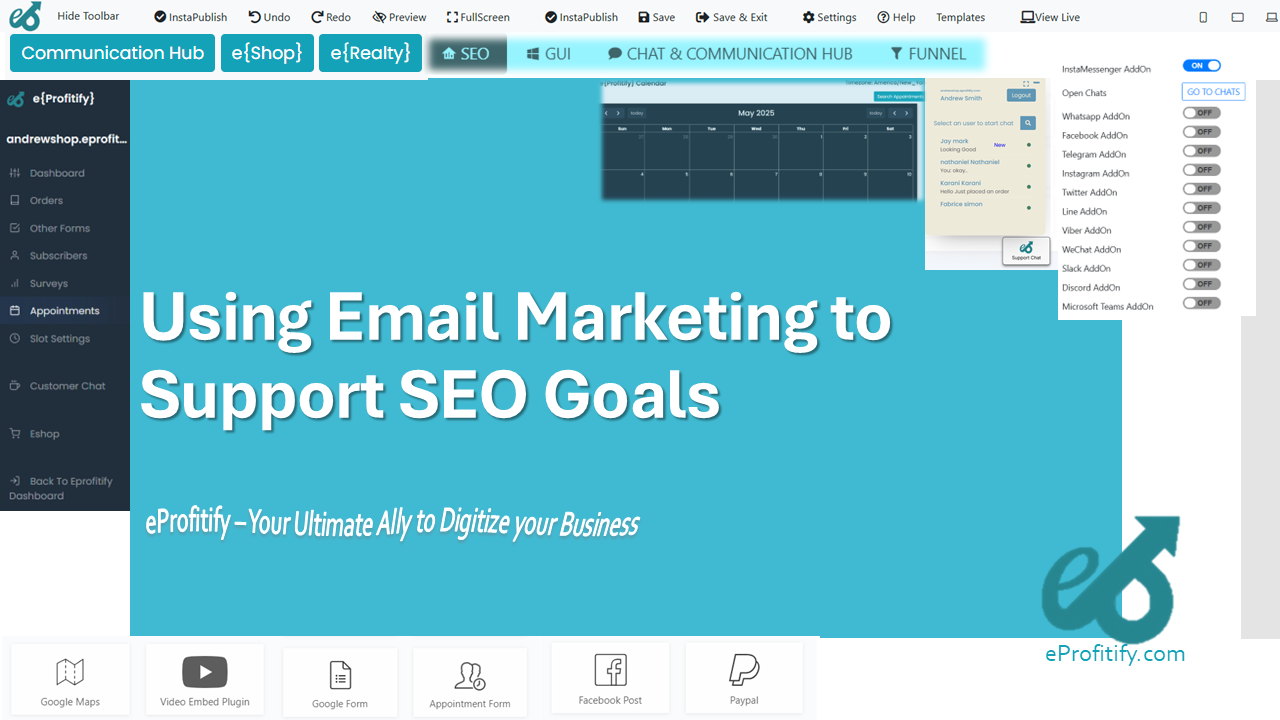
Schedule a LIVE Zoom call with an eProfitify Expert.
Using Email Marketing to Support SEO Goals
Email marketing and SEO are often viewed as separate strategies, but their integration can amplify digital marketing success. While SEO focuses on improving organic search visibility, email marketing nurtures direct engagement with audiences. Together, they create a feedback loop that drives traffic, enhances user experience, and strengthens brand authority. This synergy is crucial in an era where 49% of consumers check their emails daily (HubSpot, 2023), and Google’s algorithms prioritize user-centric content. Let’s explore how email marketing supports SEO objectives, backed by actionable strategies and statistics.
1. Driving Targeted Traffic to Improve SEO Rankings
Email campaigns direct subscribers to specific website pages, signaling to search engines that your content is valuable. According to a Litmus study, email generates $36 for every $1 spent, highlighting its ROI potential. When subscribers click through to your site, they reduce bounce rates and increase session durations—metrics that influence rankings. For instance, pages with dwell times over three minutes have 50% higher engagement rates (SEMrush, 2022).
Example Strategy: Segment your email lists to deliver personalized content recommendations. Brands using segmented campaigns see 14.31% higher open rates and 100.95% more clicks (Mailchimp, 2023). Tools like eProfitify’s CRM enable granular audience segmentation based on behavior, demographics, or purchase history, ensuring tailored emails that drive relevant traffic.
2. Enhancing User Engagement Metrics
User engagement—measured by time on page, bounce rate, and pages per session—directly impacts SEO. Emails that align with audience intent keep visitors engaged longer. A case study by Campaign Monitor revealed that personalized email subject lines boost open rates by 26%, leading to more sustained on-site activity.
Example Strategy: Use eProfitify’s analytics dashboard to track which email-generated visitors stay longest on your site. Optimize content around high-performing topics to further reduce bounce rates and improve SEO.
3. Generating High-Quality Backlinks via Email Outreach
Email is a powerful tool for outreach, helping secure backlinks from authoritative sites. A BrightLocal study found that 67% of marketers use email to connect with influencers or publishers. A single high-domain-rating backlink can boost organic traffic by 7.5% (Ahrefs, 2023).
Example Strategy: Use eProfitify’s instant messaging feature to follow up with prospects after initial email outreach, building relationships that lead to link-building opportunities.
4. Leveraging User-Generated Content (UGC) and Social Shares
UGC, like reviews or testimonials shared via email, enriches website content and encourages social sharing. Pages with UGC see 20% higher conversion rates (Bazaarvoice, 2023), while social signals indirectly influence SEO.
Example Strategy: Integrate eProfitify’s ecommerce tools to automate post-purchase emails requesting reviews. Showcase UGC on product pages to improve keyword relevance and freshness.
5. Keyword Optimization in Email Campaigns
Though emails aren’t indexed by search engines, strategically using keywords in campaigns increases click-through rates. For example, subject lines with terms like “How-to” or “Guide” improve CTR by 28% (Invesp, 2023).
Example Strategy: Align email content with target SEO keywords. Use eProfitify’s SEO plugin to identify high-value terms and incorporate them naturally into email copy and CTAs.
eProfitify: Streamlining Email Marketing and SEO Integration
eProfitify emerges as a leading website management platform, combining tools that bridge email marketing and SEO:
- CRM Integration: Segment audiences and automate personalized campaigns to boost engagement.
- Appointment Management: Send reminder emails to reduce no-shows, driving consistent traffic.
- Ecommerce Solutions: Track customer behavior to deliver targeted product emails, enhancing repeat visits.
- Instant Messaging: Complement email follow-ups with real-time support, improving customer retention.
- Analytics: Monitor email and SEO performance holistically, identifying areas for optimization.
By centralizing these features, eProfitify ensures businesses efficiently convert email subscribers into loyal visitors, reinforcing SEO through improved user signals and content relevance.
Conclusion
Email marketing and SEO are symbiotic: one fuels immediate engagement, the other sustains long-term visibility. With 59% of marketers citing email as their top ROI driver (HubSpot, 2023), integrating it with SEO strategies is non-negotiable. Tools like eProfitify simplify this integration, offering features that enhance outreach, personalization, and analytics. By leveraging email to drive traffic, nurture engagement, and build authority, businesses can achieve sustainable organic growth in an increasingly competitive digital landscape.
